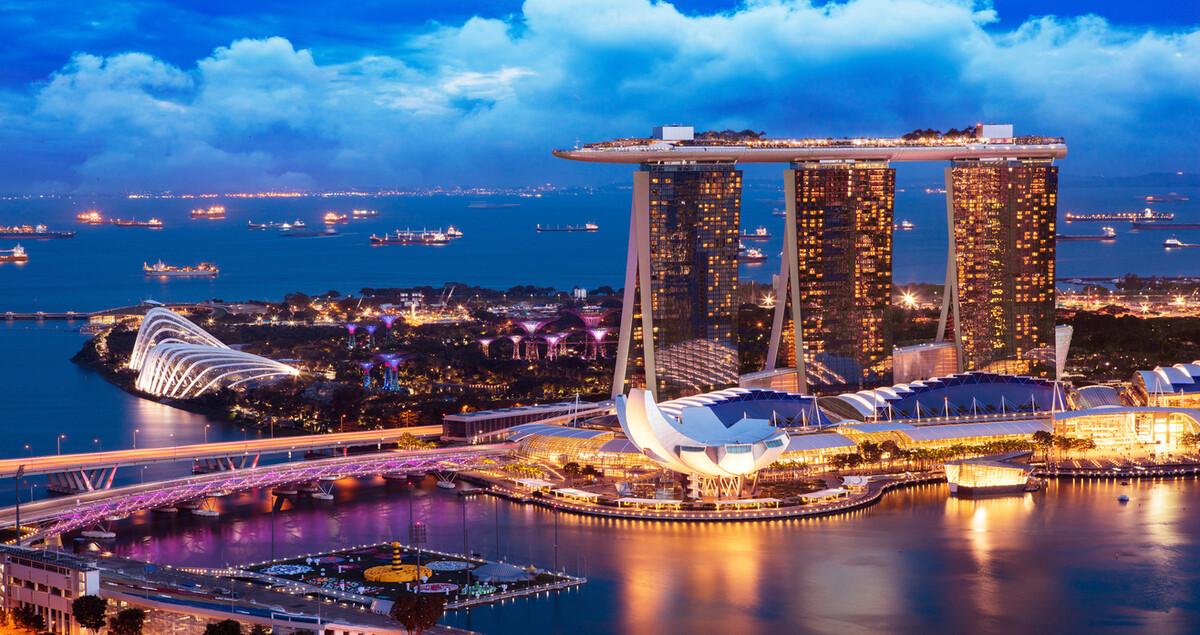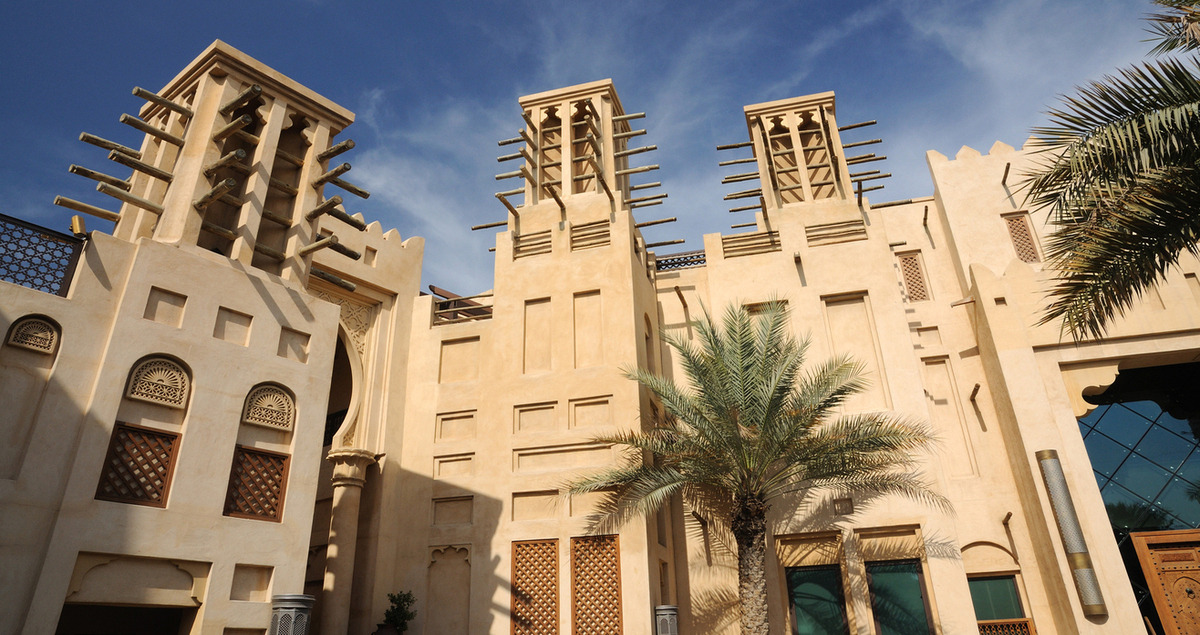A century of centrifugal chillers: innovations in cooling

Mention centrifugal chillers and people may tend to think about conventional uses in air conditioning and refrigeration — but this is just the tip of the iceberg. For more than a hundred years, mankind has been using the power of centrifugal chillers for much more: from food storage and semiconductors to cooling ice rinks, this invention has transformed industries and lifestyles all over the world.
Here is a brief history of the centrifugal chiller, its central role in industry, and how cooling devices can reduce their emissions while increasing efficiency and reliability.
An age-old problem — keeping cool
Ancient Roman ruins provide early evidence of society solving the problem of high temperatures — some wealthy citizens had cool water circulating around the walls of their homes.
Two millennia ago, the Egyptians designed air shafts to aid the inflow of air and cooling, while in ancient Persia, underground water networks, or qanats, were combined with wind catchers, or badgirs, to create a cooling effect still in use today.

Even Leonardo da Vinci tried to control temperatures with a water-driven fan, designed for his patron’s bedroom.
But it was electricity that provided the breakthrough technology required to automate and reimagine how to cool down spaces. In 1923, the inventor of the air-conditioning unit saw the first patented centrifugal chiller installed in a candy store in the US.
This technology produces chilled water using refrigerants such as freon gas and relies on a spinning mechanism to squeeze and pressurize the refrigerant gas, which helps in cooling processes.
Department stores and movie theaters quickly adopted centrifugal chillers to create comfortable places for people to shop and relax. And the technology proved popular across multiple industries, quickly being picked up by New York skyscraper construction companies and Brazilian gold mine owners alike. By 1929, cooling technology was being exported all over the world.
The pathway for decarbonizing a necessity
Fast-forward to today and centrifugal chillers are a vital technology in the modern world, prolonging the lifespan of food, improving our health, cooling power plants and industrial facilities, thereby supporting economic activity.
Centrifugal chillers also deliver the precise, round-the-clock temperatures required to produce semiconductors, chemicals, medicines and automotive supplies, and provide stable environments for data centers and art collections.
At the same time, energy consumption for cooling has more than tripled since 1990. But as global temperatures rise, so does the need to make cooling needs more sustainable.
Cooling equipment performance is improving, the International Energy Agency (IEA) says, and electricity production is becoming more sustainable. But indirect CO₂ emissions from cooling spaces are rising and need to fall to around 40% of current levels under the IEA’s net zero scenario.
Increasing renewable energy investment and usage will play a significant part, as will policies and regulations to ensure best practices. But so too will innovation on the factory floor.
The latest technologies for keeping cool
Demand for more environmentally friendly centrifugal chillers is rising, and manufacturers are focused on improving efficiency and using refrigerants with low global warming potential (GWP).
In response to the increase in low-GWP refrigerant use, Mitsubishi Heavy Industries (MHI) Thermal Systems, an MHI Group company and leading manufacturer of centrifugal chillers, has implemented new compressor designs that facilitate greater air flow. The result is a 60% increase in compressor intake flow rates, without any loss to efficiency.

These centrifugal chillers have now evolved from cooling a single candy store to cooling entire districts.
District cooling — a centralized system of cooling buildings by pumping cold water through a network of pipes — is becoming more efficient, and more reliable. This is partly thanks to the use of parallel centrifugal chillers for a single system, and dual operation modes that can take advantage of off-peak electricity costs.
In Medina, Saudi Arabia, MHI has been supplying 80 units of large-scale centrifugal chillers with a combined 200,000 refrigeration tonnes of cooling capacity since 2015. These are for the purpose of providing chilled water for an urban development project spanning 1.6 million square meters.
MHI Group also provides centrifugal chillers with low-GWP refrigerant for Singapore's Marina Bay, the central district for business and tourism, and a vital part of the country’s drive to create a sustainable “live-work-play” community. Reliability is key, given the value that the Bay creates in tourism and business, and the chillers have never stopped meeting its cooling needs.

And pairing centrifugal chillers in data centers with monitoring systems such as MHI’s smart ΣSynX technology could create opportunities to optimize efficiency and productivity by integrating automation and AI.
Looking toward a cleaner, more efficient future
Net zero emissions targets mean further advances in materials, control systems and variable-speed technologies are required.
Despite their ubiquity in modern environments, centrifugal chillers are often out of sight — and perhaps out of mind, too. For over a century, they have quietly changed our indoor environments, allowing climate control for the first time at the touch of a button.
We will need centrifugal chillers for a multitude of uses in the future, too. And efficiency and innovation will be key to providing comfortable, low-emission ways of keeping cool for generations to come.
Learn more about MHI's centrifugal chiller line-ups





